Soul of Chogokin Gx-80 N-Nautilus

Box spans roughly 19″x 8.25″ 5.5″
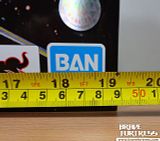

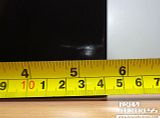
Just to note, they’ve started using round tape seals. Which is a nice improvement, since I don’t think you can easily purchase round tape for resealing an opened unit and passing it off as factory sealed.
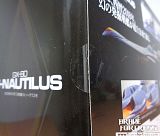
Huh…Tamashii Nations Quality sticker. I chuckled at this after handling the toy… more about that in a while.
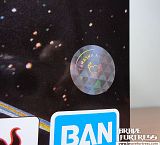
Well, since Bandai started doing black and white manuals for the SOC line more and more (FA Voltes’ manual was a big let down) , I guess they kinda tried to do right thing and added this 2 page gate-folded leaflet to fancy things up since we’re paying a premium here (insert sarcastic “hurray”).


The ship comes packed pretty well. I was nervous getting the Arcadia and Yamatos out from their trays back in the day, since I wasn’t sure if antennae would get snagged on the way up, I’m glad they redesigned things here so that the whole thing unpacks as easy as it can be.
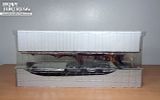
A side note, they didn’t use styrofoam anymore for the trays.


Batteries are included. 3x AAs for the stand and 3x LR44s for the ship (batteries for the ship are already pre loaded into the batt compartment).
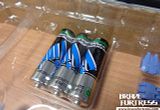
Display base
Bandai included 2 name plates for the Nautilus, in English and in Japanese text. Unlike most SOCs, both plates come with no protective cling film covers.
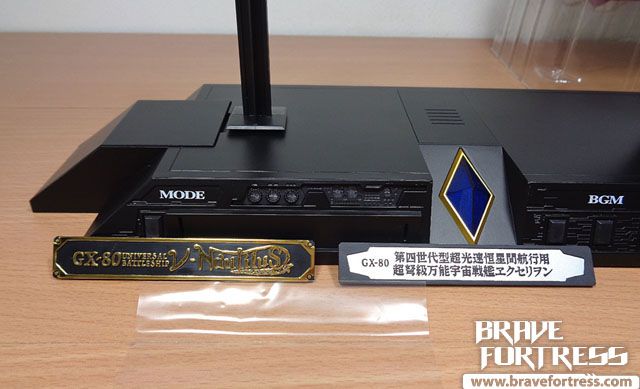
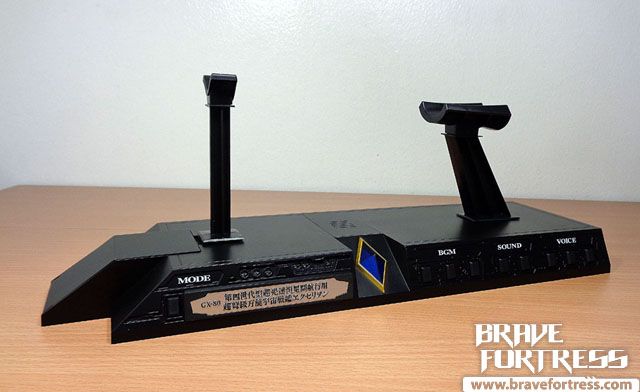
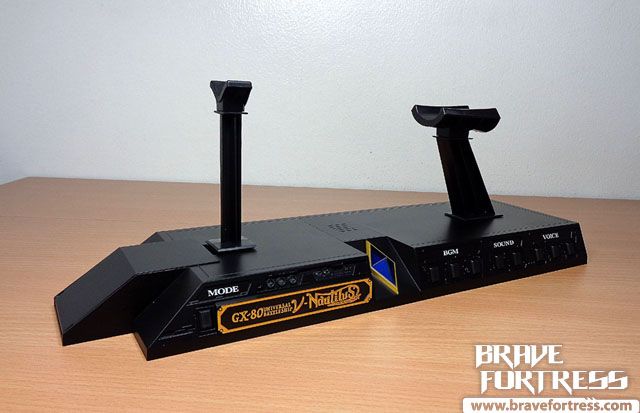
Personally I love the English version more, if only for the chromed text. The Japanese version is not chromed.

I opted to keep the default batteries sealed preserved and used spare ones lying around instead.

Front compartment for storing the alternate Main Cannon parts and Homing Laser turret parts.
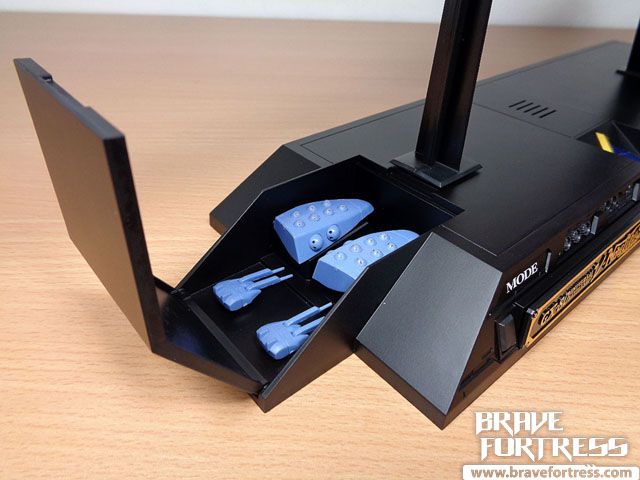
Battery compartment for the ship itself is located underneath. The set comes with a pick for you to replace the batteries.
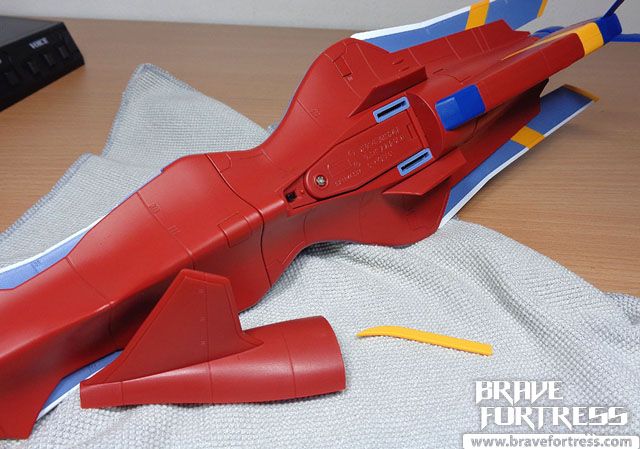
I really didn’t like the fact that the batteries are pre-installed. The DX Combattler batteries were on a separate tray to protect the toy from battery leakage. I wish they followed that execution.

Worse, because of the batteries being pre-installed, they included a little plastic wedge to prevent contact and drain the battery, this wedge actually misaligned my battery contact terminal. I don’t know if this was an accident and they shoved the wedge in wrong and the issue is just with my unit, or this is a gross oversight on the entire production line. (Yeaaah… Tamashii Nations Quality? Needs more quality IMHO).
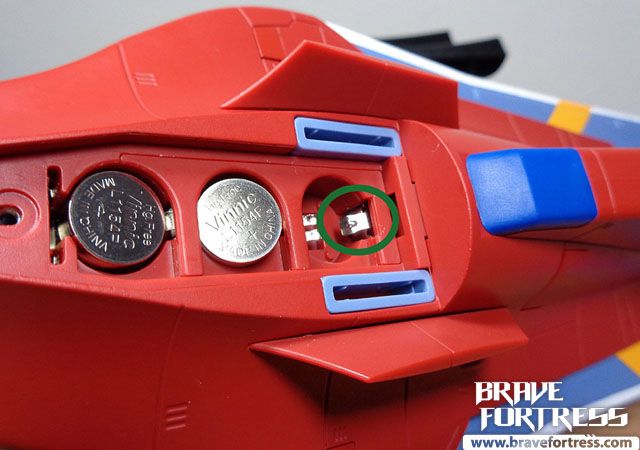
The good news is that I eventually got it to work by wedging in a piece of paper to press down on the batteries. Still, it shouldn’t have been an issue in the first place.
Launch the New Nautilus!
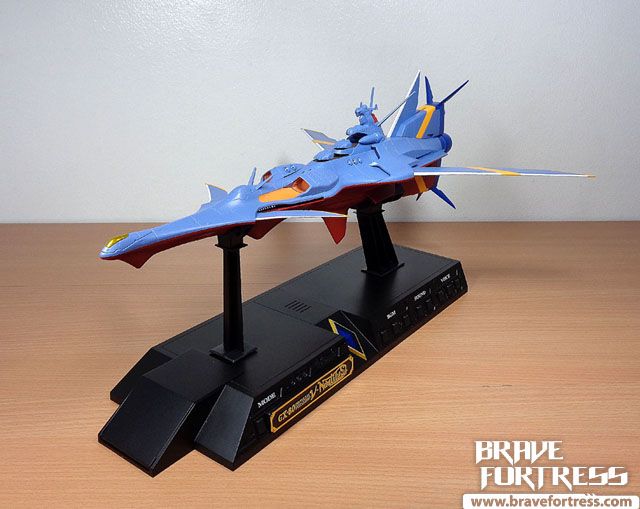
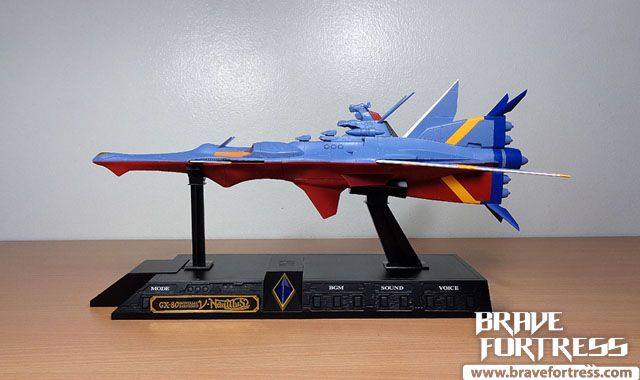
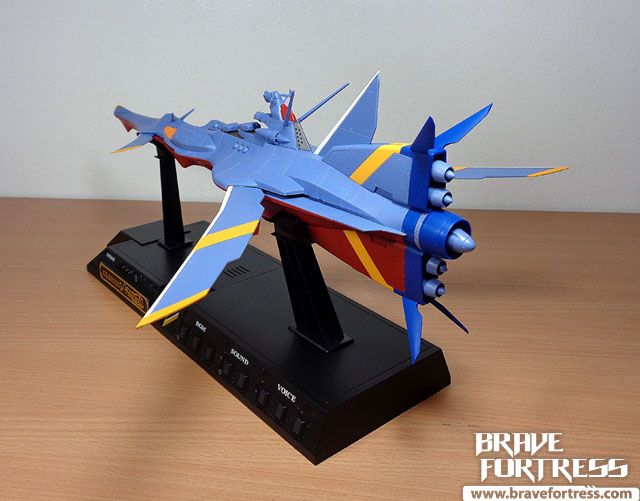
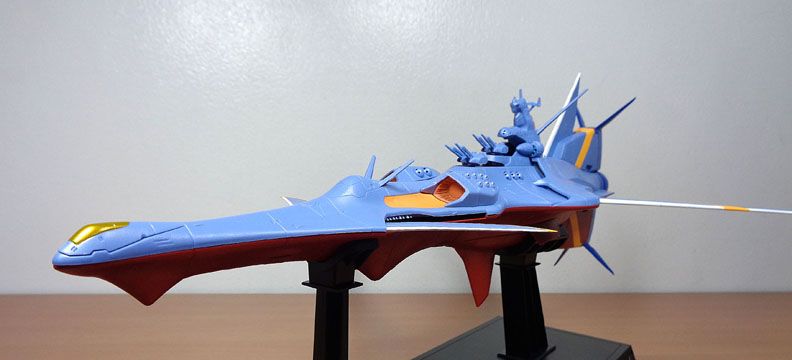
The switch for turning on the ship is the rear nozzle.

Pushing the Nozzle on the first try gives you the start up sounds of the bridge instruments and lights up the LED located inside the bridge and superstructure. Pressing the nozzle again will activate engine propulsion sound effects.


The electronics on the N-Nautilus time out and switch off after being idle for 2 minutes (the same goes for the display base).
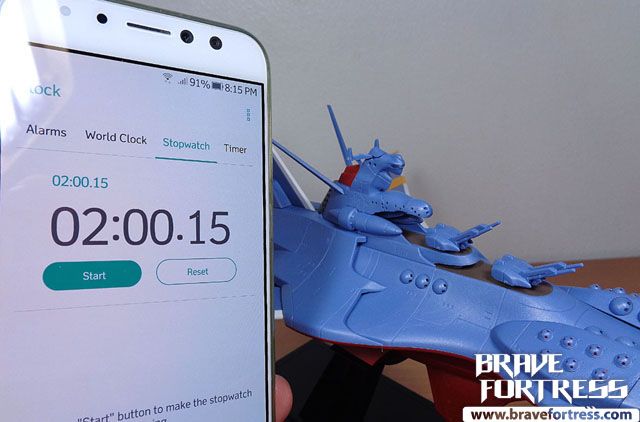
Another feature for the toy is the sound effect whenever you open or collapse the wings. The main, auxiliary and dorsal wings all run on the same track, so opening the main wings will open or close all of them synchronically.
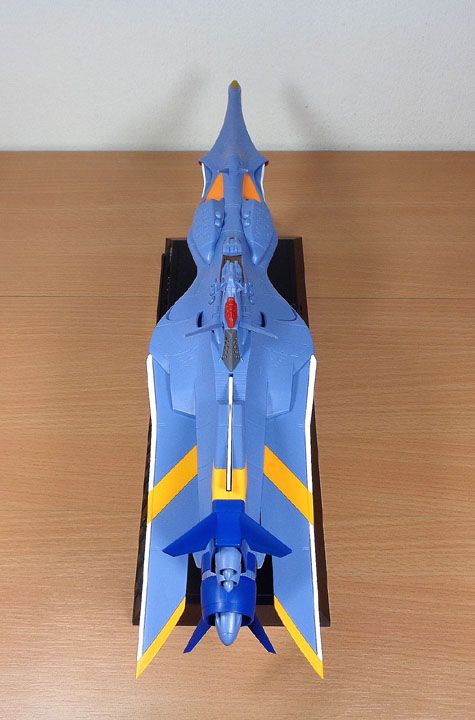
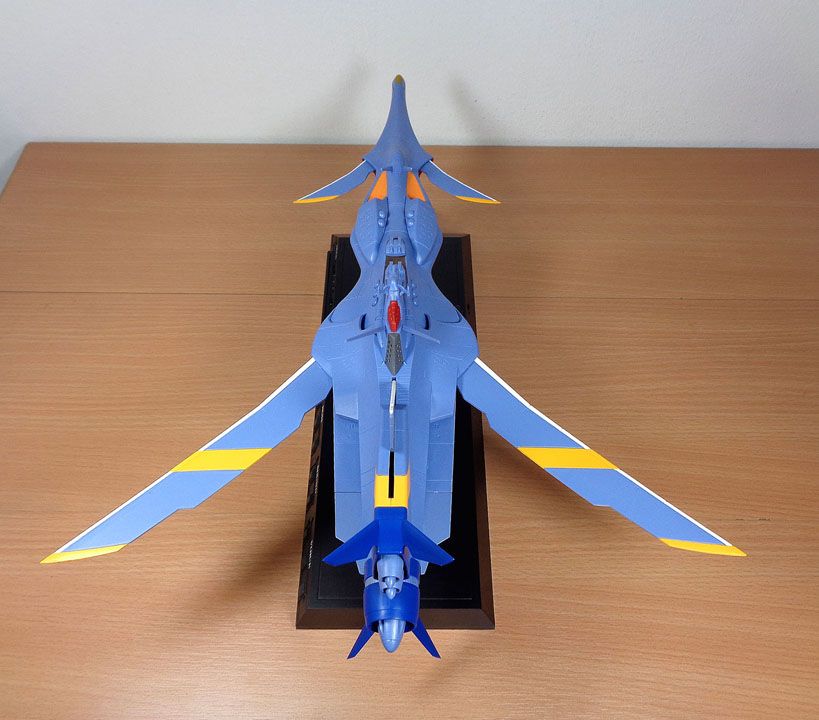
In the Anime, the ships weapon turrets are stowed away until their needed. The toy recreates this by including optional parts of both deployed and retracted turret platforms.
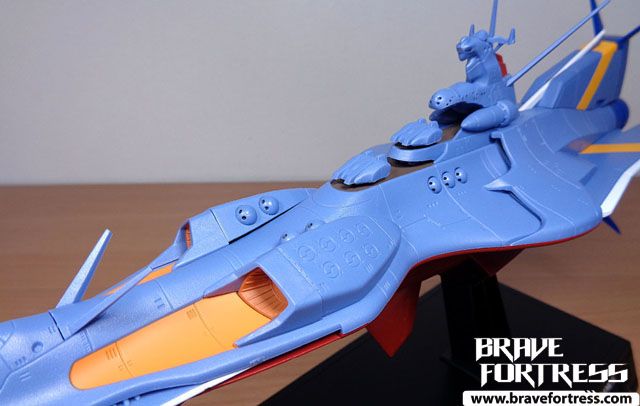
Homing Lasers and Main Cannons deployed.

In the Anime, Homing Laser turrets are also deployed from these panels, guess it was pretty unrealistic to expect the toy could also feature flip out panels in these sections but it would’ve been nice if it did.

Homing Laser Gif file

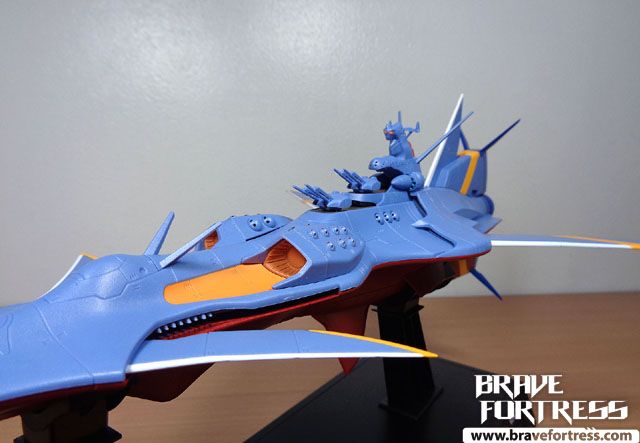
The Revolver. This is actually for launching shuttles and appeared very briefly in the Anime. I’m not sure if it was meant for firing weapons as well but it wasn’t shown in the Anime.
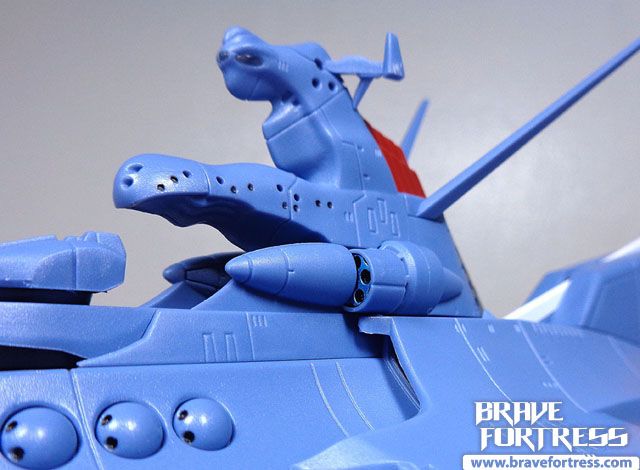
Display base part 2
Primary switch for the display base electronics is located on the starboard (ship’s right) side of the display base.
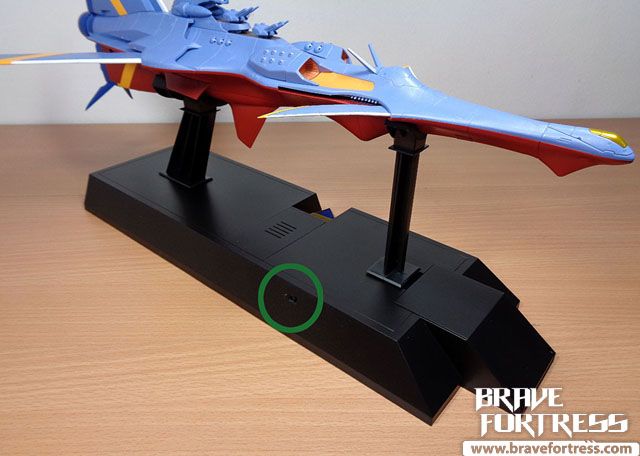
Button instructions translation:
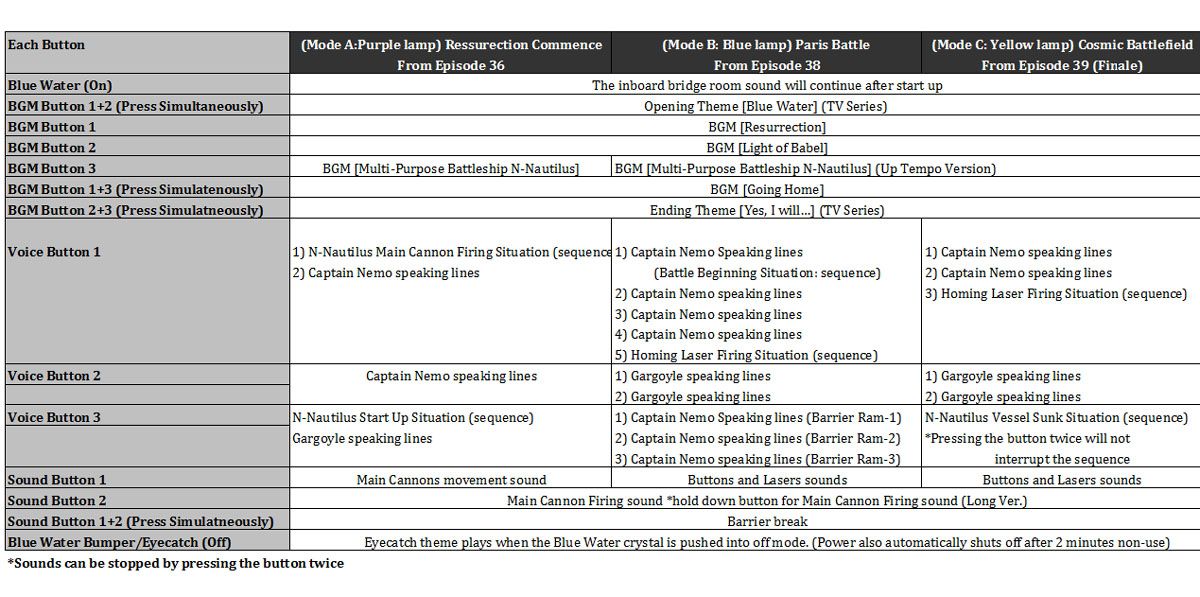
Click for larger image version of the translation :

Heh, I had to look up what the last row (Blue Water eyecatch) was referring to. Broadcast Bumpers (aka eyecatches) are the term for those screens that appear before and after commercial breaks in an Anime (you learn something new everyday).
It’s a shame there’s no English translation included for this button guide (they included bonus translated inserts back in the day for the SOC Captain Harlock Arcadia), I had to make one on my own for future reference (thank you, Google translator phone app!).
If I had the time I would’ve liked to list English transcriptions of the speech clips too, but that would require scanning through the Anime itself to get right and I didn’t have the free time to. Perhaps something to backtrack later on, we’ll see.
After activating the primary switch on the display base, pressing the Blue Water gem will activate the gimmicks.
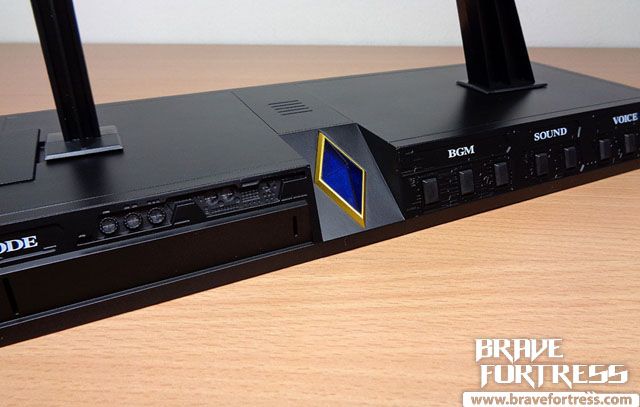
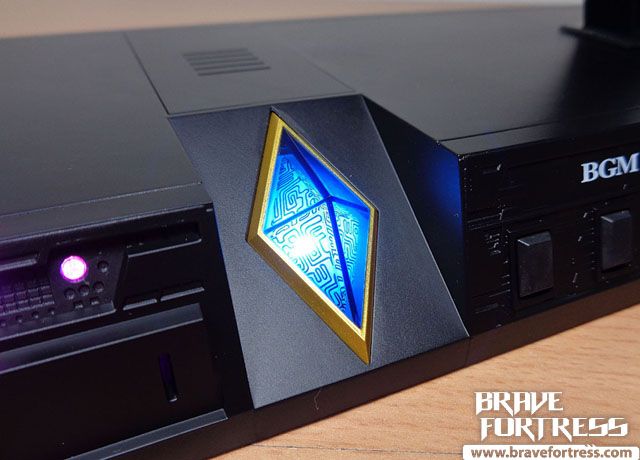
The base will then cycle through the 3 color modes, meant to represent the boot up sequence of the N-Nautilus’ various console panels which light up in the same pattern in the Anime (purple, blue, yellow, and back to purple).
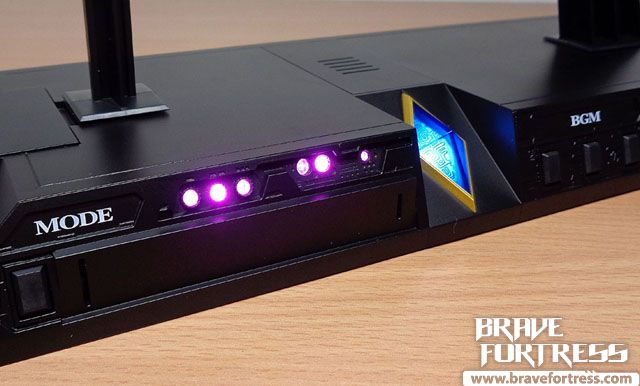
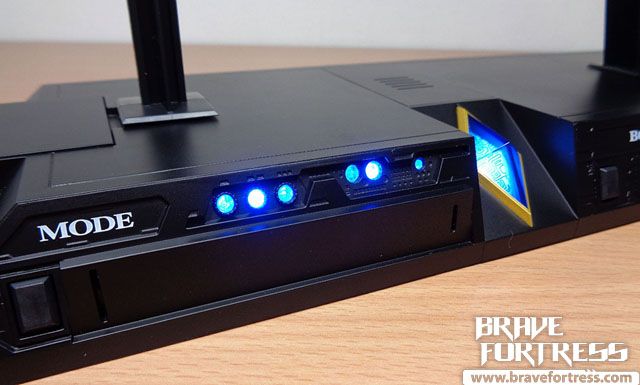
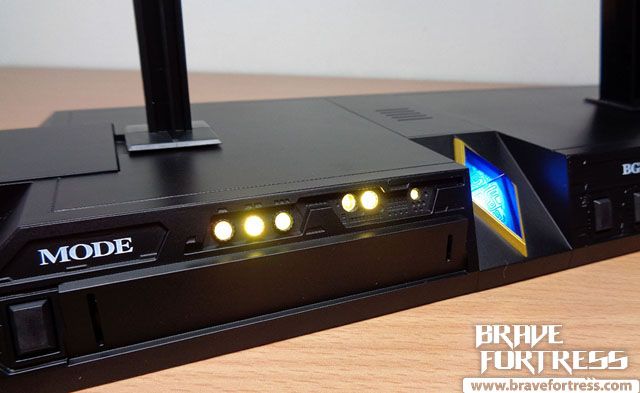
Startup Gif file
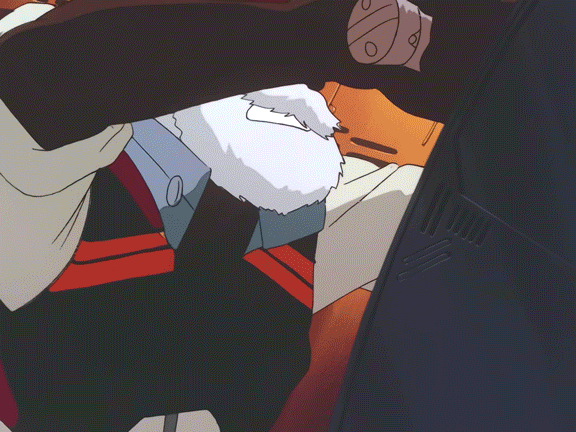
Pressing the Mode button will cycle through each of the 3 modes specifically, purple, blue, yellow.
As usual with SOC sound gimmicks, you can play the BGMs (Background Music) together with the voice and sound buttons for an audio overlay effect.
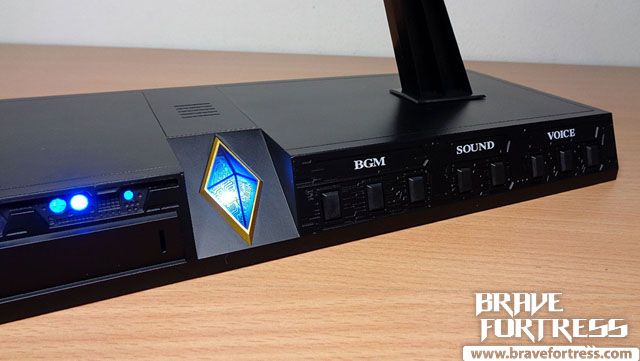
The Good
-N-Nautilus weighs 534 grams and spans roughly 16 inches long.
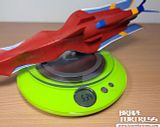
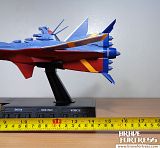
-Weight comparison with other SOC Ships
–Gx-57 SBS Yamato – 500 Grams
–Gx-58 SBS Andromeda – 680 Grams
–Gx-63 SBS Yamato – 590 Grams
–Gx-67 Captain Harlock Arcadia – 920 Grams
–Chogokin One Piece Going Merry pirate ship – 485 Grams
-Diecast parts include:
–Whole bottom hull, except for the battery compartment cover
-Well thought out tray packaging for hassle free unpacking/repacking.
The Bad
-No volume adjustment (The Harlock Arcadia is the only electronic SOC that seems to have this added ability, even the DX SOCs cannot increase their sound volume).
-Batteries come pre-installed. On a premium item? WTH?? Just put them in a tray like the DX Combattler, or shrink wrap the things. Sigh.. you’d think they never heard of leaking batteries.
-That battery terminal issue, that was a bad thing to discover upon opening a “premium item” (Tamashii Nations Quality!)
– Personal nitpick: No Homing Laser turrets for the superstructure.
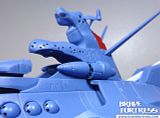
-No English translated guide for the buttons manual. Again, the Harlock Arcadia came with a English-translated bonus insert.
-Not that many gimmicks on the actual toy.
-Not much in terms of accessories either.
-No Gratan tank? Seriously?? The one unit that saved the heroes more times than I can count doesn’t even rate a Gashapon figure? For shame Bandai.
The UglyThe price. This is the first time a mainline SOC GX item was released as a Tamashii Web Exclusive, as opposed to the usual TWEs being just repaints and redecos of existing figures. This raised the SRP well above the norm and landed it in “premium prices” territory (even more so for folks who bought on the secondary markets), which isn’t so bad really if they had made the unit come with a lot more extras. As is, we only get a handful of accessories, decent amounts of diecast and simple electronics on the actual toy, which pales in comparison to what came with the Harlock Arcadia. Yeah, there’s hardly any “bang for the buck” here, especially when you park this thing next to the bigger, heavier, more accessory-laden Arcadia.
Overall, I can’t really recommend it. It feels too much like highway robbery. If only the price was more reasonable, maybe. If you’re a fan of the Anime, then this might be worth your while, but for the casual SOC collector, I’m thinking there’s going to be a good level of buyer’s remorse, particularly when you compare it to the other SOC ships that came before and then realize how much you paid for those versus what you paid here.
Fun trivia from the Anime
-The series is inspired by Jules Verne’s Twenty Thousand Leagues Under the Sea, along with some of his other works (Journey to the Center of the Earth, The Mysterious Island, Around the World in 80 Days, The Child of the Cavern).
-The series is set in 1889 (another reference to Jules Verne).
-The boy hero, Jean, loves to quote Thomas Edison : “Genius is 1% Inspiration, 99% Perspiration”
-In this series, Atlaneans are actually aliens and crashed on earth 2.4 Million years ago.
-The Atlantean Homeland is 277.5 light years from Earth (light years means traveling at the speed of light, which is 300,000 Kilometers per second).
-The original Nautilus runs on a Particle Annihilation Engine, while the N-Nautilus runs on a Orpheus Furnace.
-The N-Nautilus was the original vehicle used by the Atlanteans to travel through space, while the Nautilus is actually a “later generation” vessel.
-The N-Nautilus is classified as a “fourth generation faster-than-light interstellar cruising superdreadnought all-purpose space battleship Exelion”.
-Nemo is Latin for “no one”.
-Captain Nemo’s Atlantean name is Eleusis La Arwall
-Animation quality really dropped hard in episodes 27-28, 32, 34.
-The series could’ve been wrapped up sooner, as there was a huge filler arc, (most likely a homage to Jules Verne’s The Mysterious Island) spanning from episodes 23-34, which really didn’t add anything much to the overall plot.
One of the best parts of the show was the quality of the opening credits. It showed a lot of spirit in our protagonists, particularly Nadia, who was the main focus of the intro and the titular heroine of the show. But, as the series went on, we get to see Nadia as an unreasonably spoiled, self-centered girl for some reason (despite her difficult, underprivileged upbringing) who pretty much berates poor Jean and acts like an all around jerk.
The good Captain finally puts her in her place in episode 20, and I gotta say, she had it coming.
WHAP!
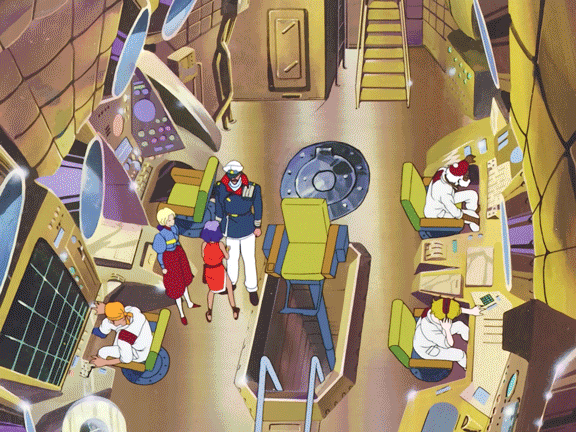
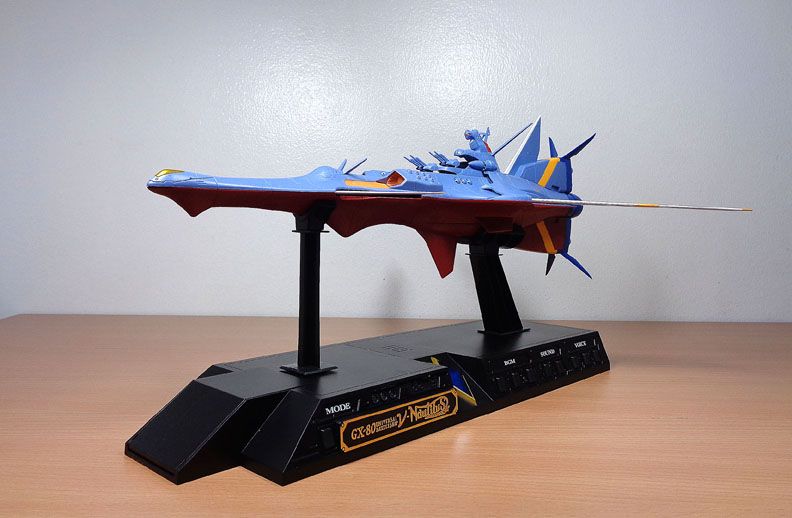
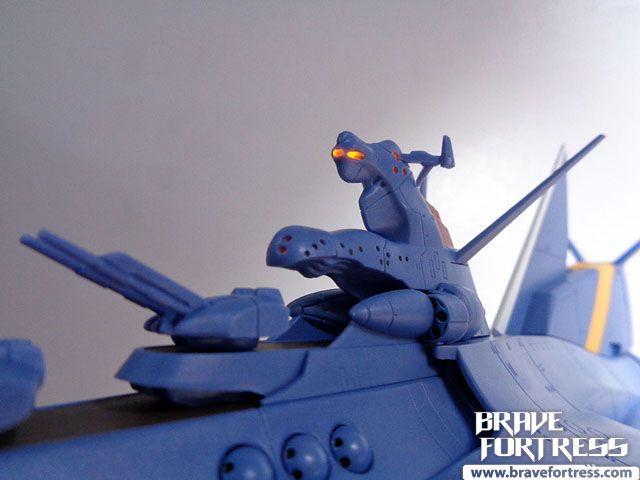
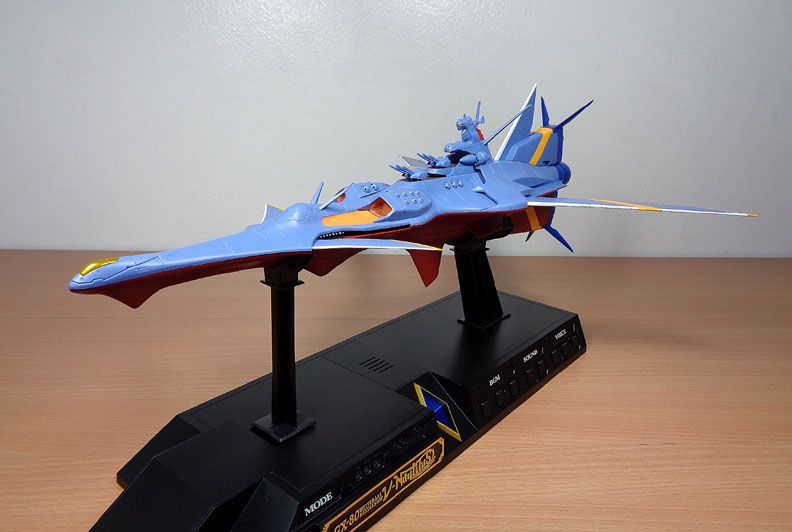


Gold



